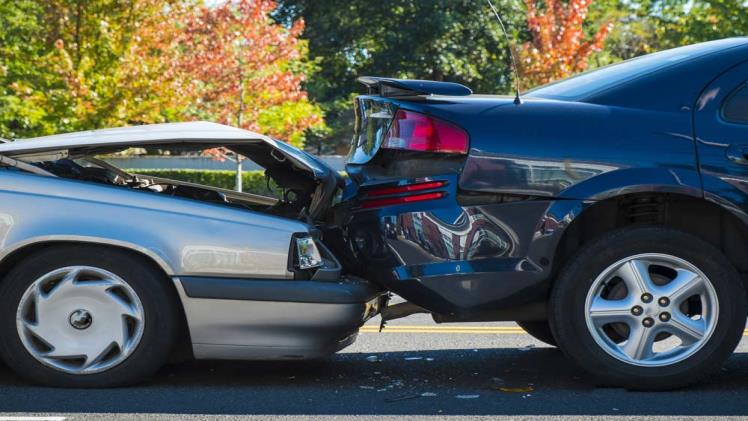Even relatively small car accidents can cause severe and even fatal injuries. In the minutes and hours following a car crash, you might not feel any pain at all. You should always get medical attention for yourself and any passengers very quickly, no matter how mild your symptoms seem or feel at first. Injuries to the head and brain are prevalent in vehicle accidents, and they can have lasting effects on victims and their families.
If you or someone you care about is ever in an accident, the following is crucial information you need to know about these injuries and the potential signs you should be aware of. Discuss your case with an experienced injury lawyer in Toledo to determine your best course of action.
The Various Causes of Brain and Head Trauma
Head and brain injuries are among the most common injuries sustained in automobile accidents, as reported by the National Highway Traffic Safety Administration (NHTSA). About seven million people every year suffer from these injuries, which are caused by a bump, blow, or jolt to the head and are collectively referred to as the “silent pandemic.”
The BIAA’s mission is to raise awareness about the effects of brain injuries and provide support to people who have sustained them. The Brain Injury Association of America (BIAA) lists the following among the most frequent causes of brain damage:
- To sustain a concussion, one must experience a jolt or shake to the head.
- A bump or blow to the head, known as a contusion, can induce bleeding in the brain.
- When the skull is fractured, the brain is bled, or the nerves are damaged as a result of a blow to the head, we call this an open head injury.
- If the skull is not broken, but the brain is still injured, the condition is called a closed head injury and occurs as a result of blunt force trauma.
The damage caused by blows to the head or brain can be catastrophic and long-lasting. Get medical attention right away if you think you may have suffered brain damage.
Traumatic Brain Injury Symptoms
It is crucial to recognize the signs and symptoms of head or brain damage immediately following an accident and in the days that follow. In certain situations, a life-threatening disease may be hidden by mild-appearing symptoms.

